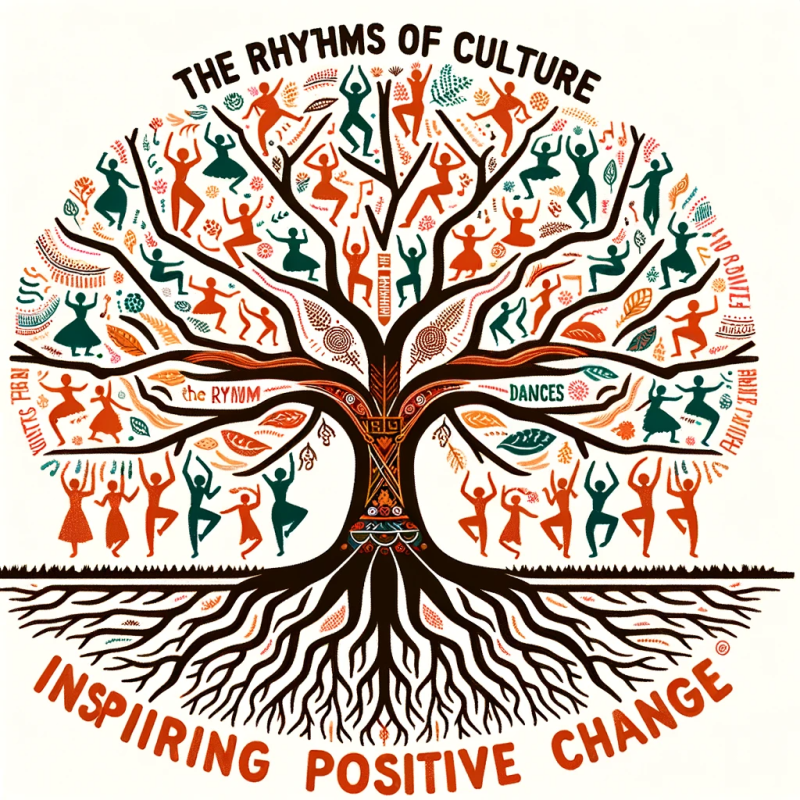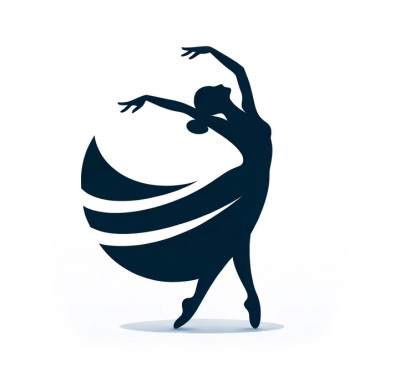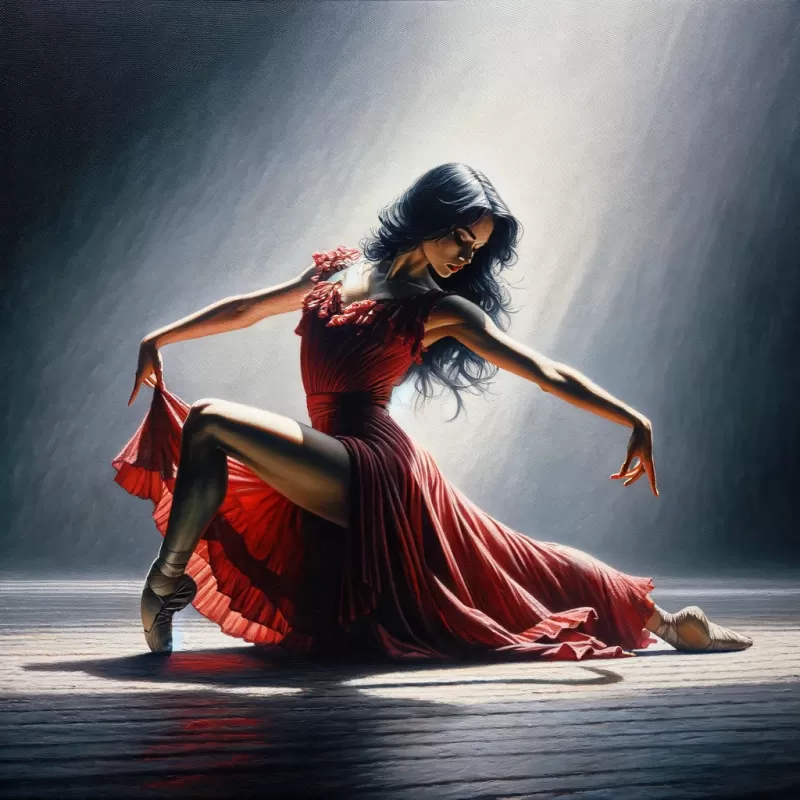The Rhythms of Culture: How Dance Shapes Societies and Inspires Positive Change
Published on October 20th 2023, 3:26PM Last modified on October 24th 2023, 11:15AM
Throughout history, dance has been an integral part of human societies, evolving and adapting alongside them. From ritualistic ceremonies to grand stage performances, dance has played a pivotal role in expressing emotions, telling stories, and forging connections. Here's a look at how dance, in its many forms, has influenced cultures and driven positive change.
1. Preserving Heritage and Tradition:
Dance forms like the Maori's Haka or India's Kathak have been passed down through generations. They encapsulate the stories, beliefs, and values of a community, ensuring that cultural heritage remains alive and vibrant.
2. A Medium of Expression:
Dance provides individuals with a platform to express emotions, share narratives, and comment on societal issues. From the passionate Flamenco that tells tales of love and anguish to the jubilant African dances celebrating harvest, dance translates emotions into movement.
3. Empowerment and Emancipation:
For many marginalized communities, dance has been a tool for empowerment. The dance halls of the Swing Era, for instance, broke racial barriers, while forms like Belly Dance have been reclaimed by women to assert their identity.
4. Therapeutic and Healing:
Dance has therapeutic properties, aiding in emotional release and physical rehabilitation. Dance therapy, for example, is a recognized form of psychotherapy that uses movement to promote emotional, social, cognitive, and physical integration.
5. Building Bridges:
Dance festivals, international competitions, and workshops bring together people from diverse backgrounds. Dance becomes a universal language, promoting cross-cultural understanding and unity.
6. Catalyst for Social Change:
From the protest dances against apartheid in South Africa to the role of dance in the LGBTQ+ ballroom scene, dance has been instrumental in political and social movements, highlighting issues and rallying communities.
7. Fostering Creativity and Innovation:
Dance evolves continuously, with artists experimenting, collaborating, and fusing styles. This spirit of innovation not only leads to the birth of new dance forms but also reflects a culture's adaptability and resilience.
8. Economic and Tourism Boost:
Dance festivals, schools, and performances contribute significantly to local economies. Events like Rio's Carnival or India's classical dance festivals draw tourists, spotlighting the region's culture and traditions.
In conclusion, dance is more than just movement set to music. It's a reflection of a society's soul, a chronicle of its history, and a beacon for its future. As cultures shift and evolve, dance remains a steadfast testament to human creativity, connection, and spirit.





Comments (0)